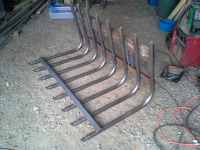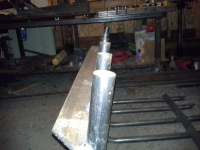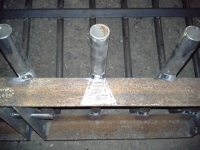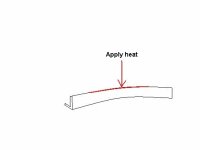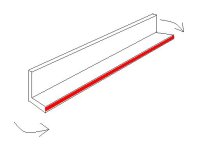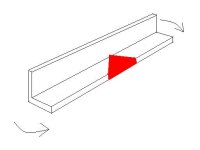Shield Arc
Super Member
Please forgive the pictures, it's hard to hold the torch's cutting tip perpendicular to the plate and take a picture.
If the circle cutting attachment is built correctly the horizontal, (long key stock) will be 90-degrees to the cutting tip. Once the height is adjusted for the pre-heating cones of the cutting tip, the correct radius is set, you can either watch and make sure the cutting tip is 90-degrees to the plate, or the long key stock is level to the plate. Personally I watch to make sure the tip is 90-degrees to the plate, then I can also adjust my travel speed at the same time.
If the circle cutting attachment is built correctly the horizontal, (long key stock) will be 90-degrees to the cutting tip. Once the height is adjusted for the pre-heating cones of the cutting tip, the correct radius is set, you can either watch and make sure the cutting tip is 90-degrees to the plate, or the long key stock is level to the plate. Personally I watch to make sure the tip is 90-degrees to the plate, then I can also adjust my travel speed at the same time.



